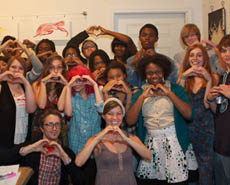Saving the Cities
The rewards of revitalization
Philadelphia, Detroit, Cleveland, Atlanta—these major U.S. cities top data lists as the slowest to recover from the recession. Their areas of weakness include high unemployment rates, failing businesses, job losses, crime, and strained budgets but a greater common theme unites them. The cities are too historic, too important, to fail. Restoring these iconic cities to […]
